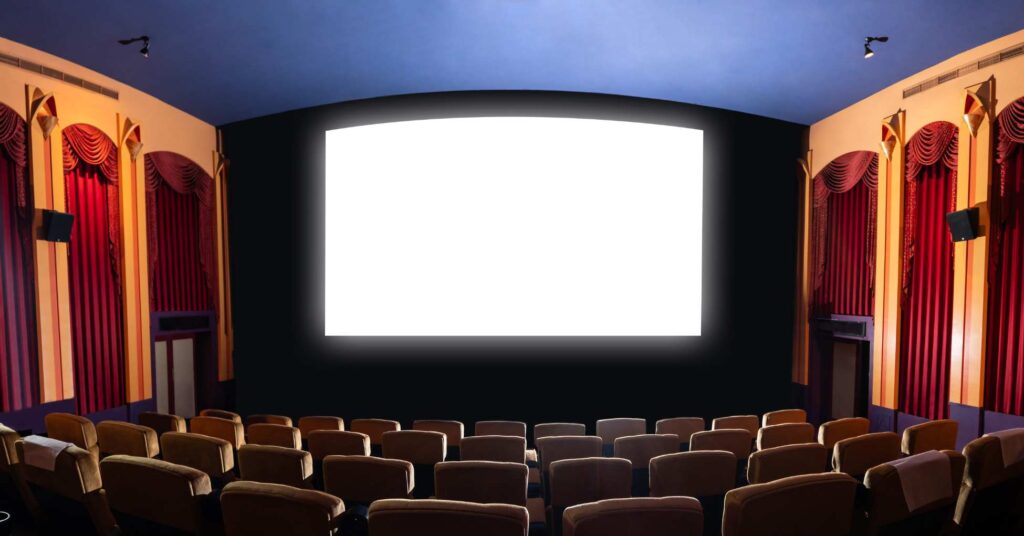The city of Norwalk, Ohio, has a rich cinematic history that many might not be aware of. The Norwalk Ohio Movie Theater, a cornerstone of the community, has been a beacon of entertainment and culture for decades. This article delves deep into its legacy, tracing its roots and understanding its significance in the tapestry of Norwalk’s cultural scene.
The Beginnings of a Legacy
The Norwalk Ohio Movie Theater, originally known as the “Norwalk Grand,” opened its doors on June 15, 1932. It was a time when cinema was just beginning to take the world by storm. The theater, with its art deco architecture designed by renowned architect James A.
Stewart and plush red velvet seats, quickly became the go-to place for families, couples, and film enthusiasts. The first film screened was “Grand Hotel” starring Greta Garbo and John Barrymore. Interestingly, this was also a period when Ohio was undergoing significant changes in its electricity sector, as highlighted in a recent article on Ohio’s electricity litigation.
The Golden Era of Norwalk Ohio Movie Theater
The 1950s and 60s were arguably the golden era for the Norwalk Ohio Movie Theater. Blockbusters and classic films graced its screens, from “Gone with the Wind” to “Casablanca.” The theater was more than just a place to watch movies; it was a social hub.
Teenagers would flock to the theater on weekends, and many residents of Norwalk fondly recall their first dates taking place under the dim lights of the cinema hall. In 1957, the theater hosted a special premiere of “The Bridge on the River Kwai,” which saw a record attendance. This era also saw a rise in college sports, with Ohio State taking on teams like Notre Dame in epic battles.
Challenges and Evolution
Like many theaters across the country, the Norwalk Ohio Movie Theater faced challenges with the advent of home entertainment systems and multiplexes in the late 1980s. However, the theater’s management, led by John and Mary Thompson, was quick to adapt.
They introduced themed nights like “Retro Fridays,” special screenings of indie films, and even hosted the Norwalk Film Festival in 1995. The state of Ohio was also witnessing a transformation in its education sector, with Lorain colleges shaping local economies.
The Community’s Jewel
The Norwalk Ohio Movie Theater is not just a building; it’s a testament to the community’s love for cinema. Over the years, the theater has played host to countless community events, from school plays to charity fundraisers.
In 2000, it partnered with Norwalk High School to host a talent show that raised funds for local charities. It’s a place where memories are made, where stories come to life, and where the magic of cinema is celebrated every day. This sense of community is echoed in other parts of Ohio as well, like the insightful take on college by Pete Nakos.

Looking Ahead
Today, the Norwalk Ohio Movie Theater stands tall, a symbol of resilience and passion. With plans to introduce more interactive experiences like VR film viewings and collaborations with local artists for mural projects, the theater’s legacy is set to continue for many more years.
As the curtains rise and the lights dim, audiences can be assured that they are part of a rich history, one frame at a time. However, as the theater looks to the future, the state grapples with a childcare crisis, reflecting the broader challenges faced by communities.
Conclusion
The Norwalk Ohio Movie Theater is more than just a place to watch films. It’s a living, breathing entity that has evolved with the times, faced challenges head-on, and emerged stronger. As we look back on its illustrious history, we are reminded of the power of community, the magic of cinema, and the timeless stories that bind us all.
Disclaimer: This article is for informational purposes only and does not constitute an endorsement or an official record of the Norwalk Ohio Movie Theater’s history. All facts and figures mentioned are based on available data and should be verified with official sources.



